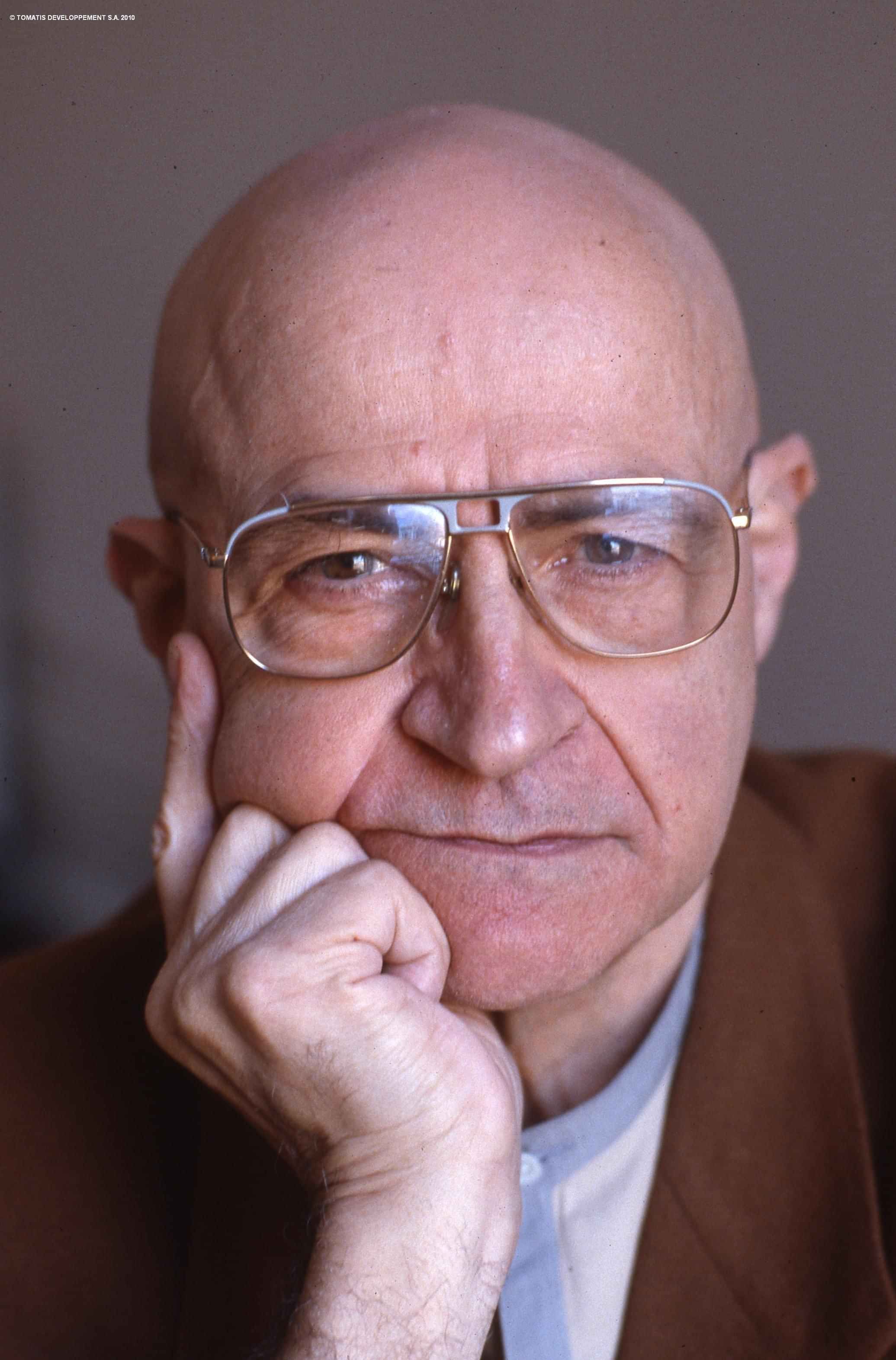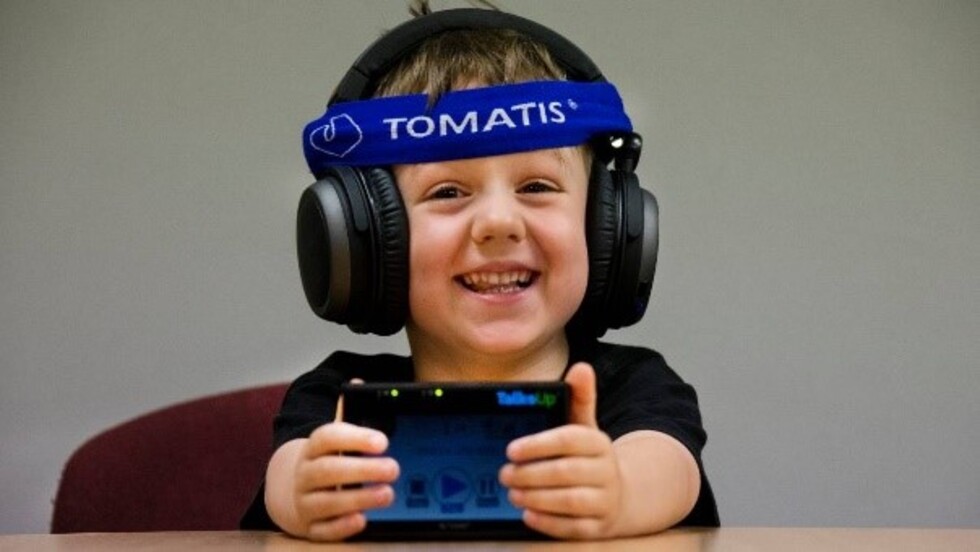Listening Training and Auditory Neurological Development
What is the Tomatis® Method?
The Tomatis® Method is a unique, natural approach to neuro-sensory stimulation. As a unique educational tool, the listening programme stimulates the brain through the auditory system in order to restore listening in a non-invasive manner.
The Tomatis® Method was developed by Dr. Alfred Tomatis (1920 – 2001), a French Ear, Nose and Throat Physician (ENT). It is supported by more than 60yrs of experience, clinical studies and only available through well trained, licenced practitioners worldwide.The ground-breaking research and technological development of Dr. Tomatis earned him recognition and a gold medal. Neurologist, Dr. Norman Doidge wrote a tribute to him in his book.
How Does The Tomatis® Method Work?
The Tomatis Method® engages the acoustic reflex
It exercises the muscles of the middle ear to restore the ear’s ability to activate listening mechanisms in the brain. As a result, it focuses the brain’s attention on the auditory message. We use specially filtered Mozart and Gregorian chant, individually tailored to retrain, and re-organise your listening capabilities. By treating the music and the voice in a very particular way, the Tomatis® Method helps children and adults to improve their listening ability.
Our technologically advanced TalksUp® changes music and voice in real time, utilising ‘Electronic Gating®’, which is unique to Tomatis®. This is the ‘Tomatis® Effect’. It captures the brain’s attention and puts the brain in listening mode, making it more receptive to sensory and auditory stimulation.
The added benefits often noted during the first listening cycle are improved sleep quality, greater emotional stability, mental clarity and alertness.

The Tomatis® Method uses two means of sound conduction: through air via the ear drums, and through bone, which is sound perception through the skull, as explained in this 3D video.
Engage with your Tomatis® Programme
LISTEN ANYWHERE, ANYTIME
Our portable equipment makes the Tomatis® Method accessible and easy to use in the comfort of your home, whilst reading, studying or doing homework. You can take it out walking and enjoying the outdoors. Or just relaxing and should you doze off, that is acceptable too.
The only restriction is to avoid blue screens while listening to your beautiful Tomatis® Music.

The Tomatis® Method
Has Helped Adults and
Children With:
- Auditory Processing
- Academic skills, reading and writing
- Anxiety & Mood Disorders
- Attention, Focus & Memory (ADD, ADHD, ASD)
- Autism Spectrum Disorder and Down Syndrome
- Balance, coordination and Motor Skills
- Behavioural Disorders, Obsessive-Compulsive Disorder (OCD) and Obsessive Defiance Disorder (ODD)
- Emotion Regulation and Sensory Integration
- Learning Disorders like Dyslexia, Dysgraphia, Asperger, Apraxia
- Learning foreign languages or learning English as a second language
- Stress & Post-traumatic stress disorders
- Voice Control and Performance for Singing & Speaking
What is so Unique About the Tomatis® Method?
Dr. Tomatis studied the relationship between the ear and the voice and observed a
fundamental difference between hearing and listening. Hearing is the passive reception of sound.
Listening is active, the selection of sensory information to make sense of what is heard.

Dr. Alfred Tomatis (1920 – 2001)
Dr. Tomatis developed the ‘Electronic Ear’, a device that could rehabilitate listening through ‘Electronic Gating’ known as the Tomatis® Effect (sudden and unexpected changes in sound frequencies). This earned him the Gold Medal for Scientific Research at the Universal Exhibition in Brussels in 1958.
Prior to this, he formulated the three Tomatis® Laws, and submitted these to the Academy of Sciences in Paris in 1957. These laws established that:
- The voice only contains the frequencies and harmonics that the ear can hear
- If the listening is modified, the voice is instantly and unconsciously modified too
- It is possible to transform the voice permanently through sound stimulation for a prescribed period of time (law of remanence).
Francoise Nicoloff, Registered Psychologist, Tomatis® International Trainer and Speaker draws a comparison between the Tomatis® Method and other derivative listening therapies that are available. Please contact us for a copy.
In an article TOMATIS Developpment S.A. states: “Dr. Norman Doidge describes the silent revolution that has occurred in medicine over the past fifty years with advances in the understanding of how the brain heals . And the work of one of those revolutionaries, Dr. Alfred Tomatis, is brilliantly described in a chapter about advances in sensory processing that covers such topics as auditory processing disorders, the autism spectrum and even attention deficit disorder”.
The book referred to in this article is titled The Brain's Way of Healing: Remarkable Recoveries and Discoveries from the Frontiers of Neuroplasticity, by neurologist Dr. Norman Doidge (2015)

Dr's Alfred Tomatis and Norman Doidge
The KingsFisher Institute, its programmes and protocols along with the TOMATIS® Method, are Educational Programmes and are considered neither medical treatments, nor a means to establish a medical diagnosis. The content of this website is for informational purposes only. It should be neither considered as, nor substitute for medical advice. We neither suggest stopping any medication or psychological treatments. The KingsFisher Institute is duly licensed by TOMATIS DEVELOPMENT S.A. which is the owner of “TOMATIS”, “TOMATIS +LOGO”, “SOLISTEN”, “TalksUP” trademarks www.tomatis.com
How We Can Help
KingsFisher unique assessment methods reveal the underlying, often undetected difficulties that hamper and delay development and progress:
- Our Cognitive Skills Assessment reveals the underpinning cognitive skills related to poor academic performance
- With our Tomatis® Listening Profile we can determine how efficient the relationship between the ears and brain is for information processing
- Using our Visagraph™, we can track and monitor eye movements indicating how orderly the brain deals with information, how it is fed into short-term memory and the ability to retrieve information. “There exists a functional relationship between ocular movements and central processes” as reported by Herman F. Brandt in The Psychology of Seeing
- Our Mineral Therapy Assessment reveals which minerals are lacking for optimal performance
Based on our findings, our intervention programmes and protocols are tailor-made for each individual
Ready to Get Started?
Get help from Yolinda Bullians and our friendly team at the KingsFisher Institute.
